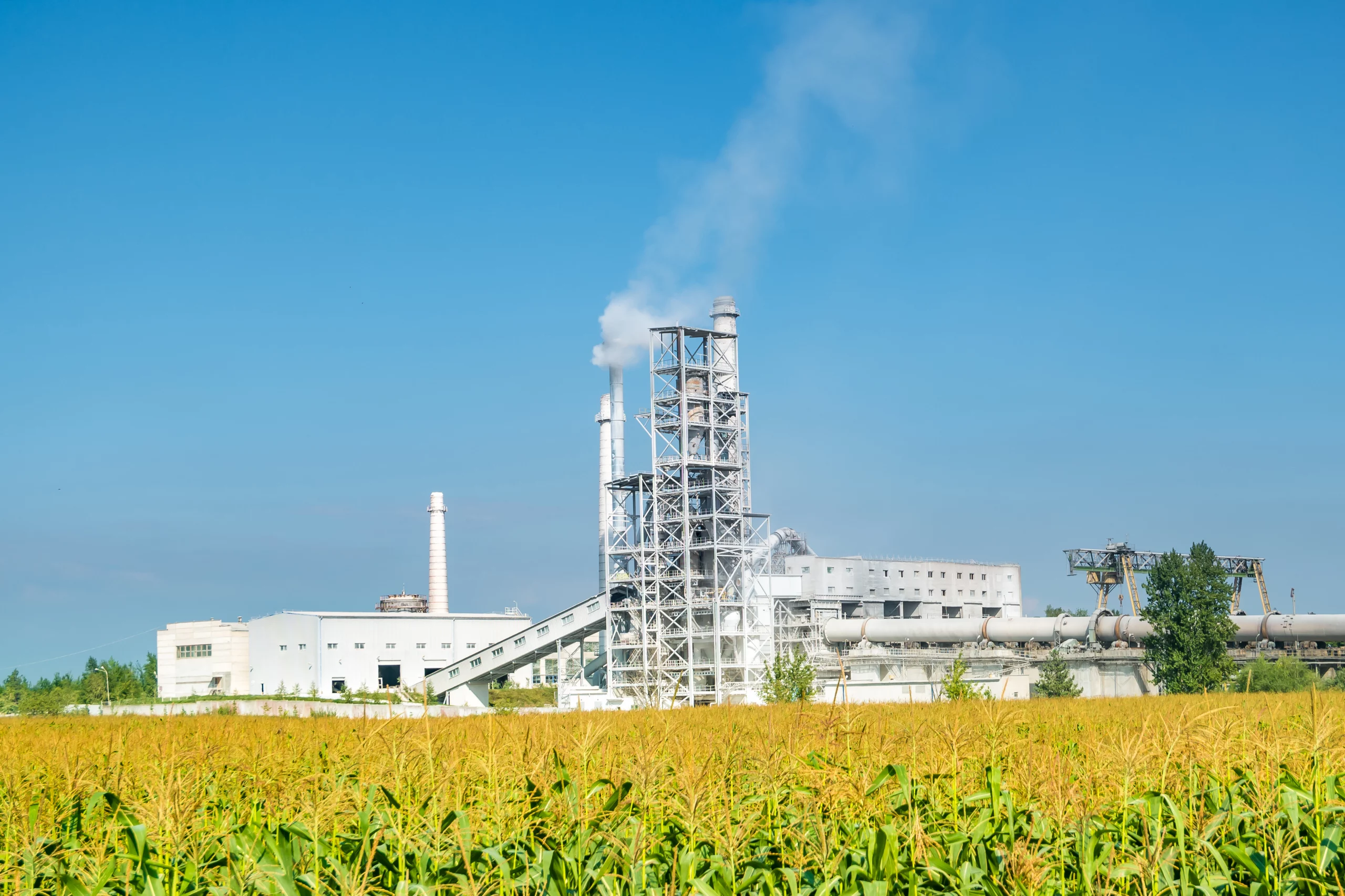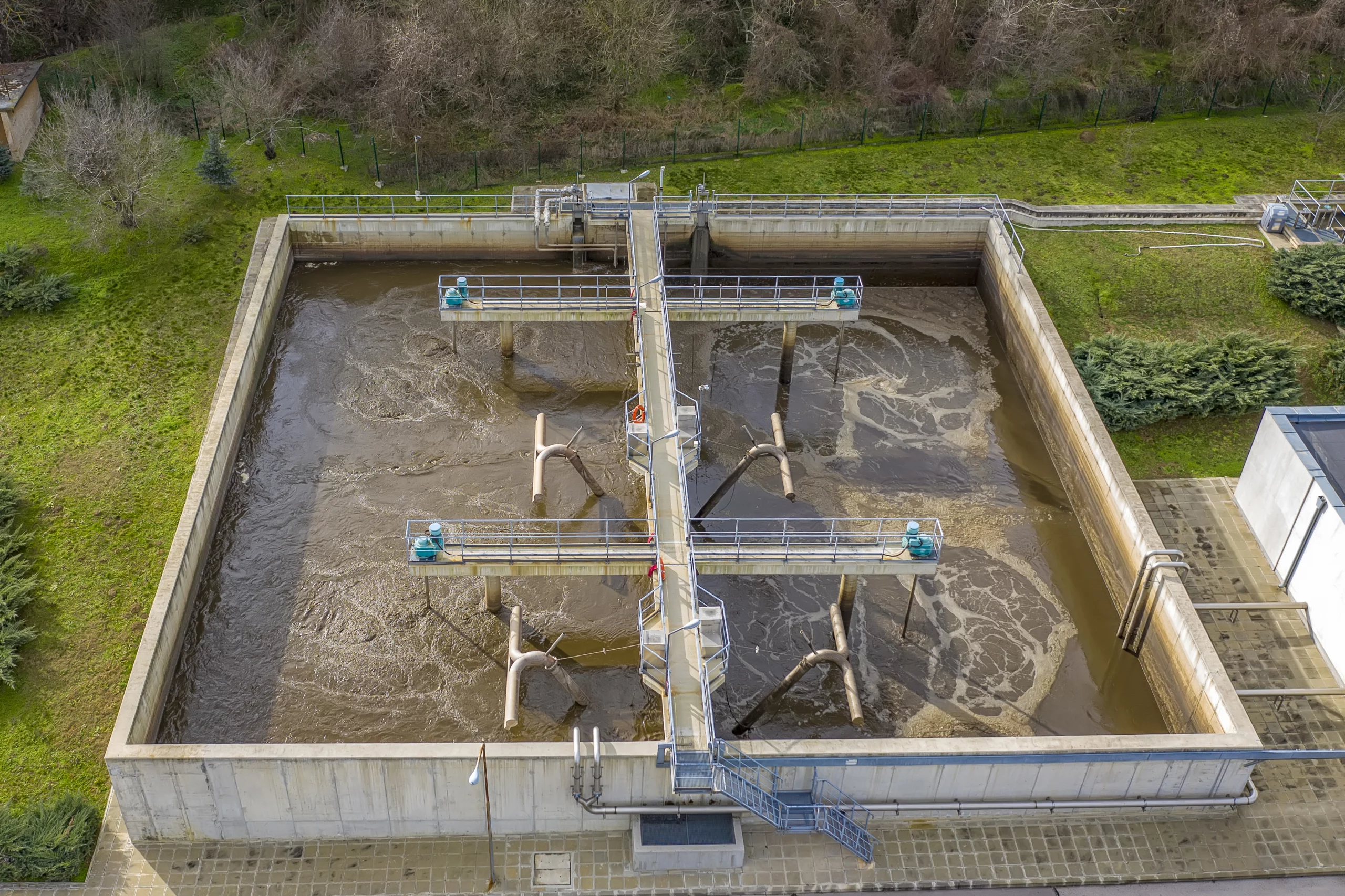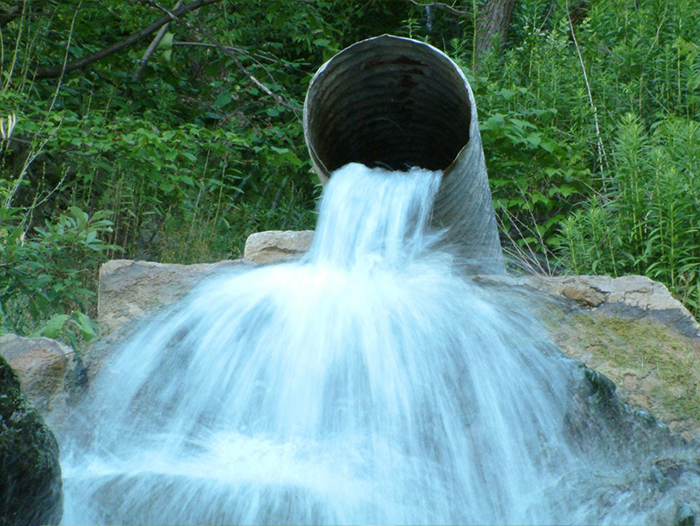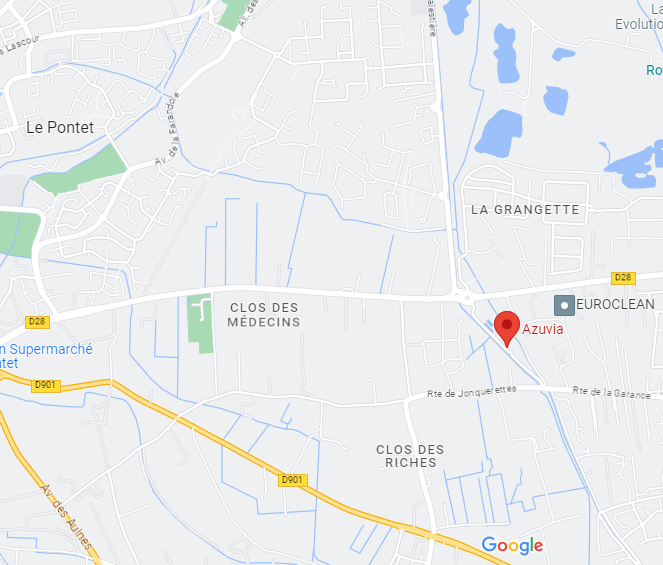Wine effluent treatment
Wine-making, like any production activity, generates pollution. pollution.
Vinification generates effluent at various stages of the process: cleaning tanks and equipment, racking, pressing, and washing floors. This wastewater is often loaded with organic matter (COD, BOD5)and suspended solids (SS)and may contain residues of oenological or cleaning products.
One of our wine-making creations
Installed on the Bastide de Blacailloux estate, this environmentally-friendly system effectively treats wine effluent while considerably reducing its volume.
The SETEIA©system separates the various components of wine effluent, including solids , liquids, fats and acids, for specific treatment. and acids, in order to treat them in a specific way. Solids are recovered and composted liquids are filtered and purified before being discharged into the natural environment or reused.
ICPE heading n°2251: Understanding the three regimes
The heading n°2251 of the French Environment Code concerns wineries subject to the legislation governing ICPE (Installations Classées pour la Protection de l'Environnement) legislation.. It classifies establishments according to their level of risk and production capacity.
Three systems are available:
Declaration system
Order of 15/03/99 (production capacity greater than 500 hl/year but less than or equal to 20,000 hl/year). A simple online declaration via teleservice, accessible on the Service Public portal, is required.
Registration system
Order of 26/11/12 (production capacity greater than 20,000 hl/year) with a procedure designed as a simplified authorization for sectors for which the technical measures to prevent inconvenience are well known and standardized.
Authorization system
Order of 03/05/00 (production capacity greater than 20,000 hl/year). Regime applicable to facilities presenting the greatest risks or pollution. Prior to commissioning, the operator must submit a request for authorization, demonstrating control of the environmental and human risks associated with the facility. The prefect authorizes operation, imposing technical operating specifications. He may also refuse to authorize the project.
À partir de l’adresse <
https://www.ille-et-vilaine.gouv.fr/Actions-de-l-Etat/Environnement-et-energie/Installations-classees/Reglementation-des-ICPE-Autorisation-Enregistrement-Declaration>
This classification determines effluent treatment obligations (thresholds to be respected, self-monitoring, frequency of analyses, etc.) and the administrative procedures to be followed.
The typical characteristics of wine discharges vary according to practices, but the regulatory thresholds to be respected are strict:
Each regime imposes discharge thresholds depending on the scenario chosen:

Discharge into the natural environment => Requires complete treatment
- PH : between 5.5 and 8.5
- Température : < 30°C
- MES : < 100 mg/L
- DCO : < 300 mg/L
- DBO5 : < 100 mg/L

Discharge to wastewater treatment plant => Requires pre-treatment
- PH : between 5.5 and 8.5
- Température : < 30°C
- MES : < 600 mg/L
- DCO : < 2 000 mg/L
- DBO5 : < 800 mg/L
In all cases, discharges must be compatible with watercourse quality objectives including for specific pollutants.
ICPE regulatory support
AZUVIA supports its customers in design and implementation of an effluent treatment system perfectly adapted adapted to the ICPE regime regime applicable to their site (declaration, registration or authorization). Whether discharge is planned into natural environment or in wastewater treatment plant (WWTP)AZUVIA takes charge of sizing the implementation and commissioning of the system, guaranteeing compliance with regulatory thresholds and water quality objectives.
All estates need an effluent management solution, whether it's a microstation, connection to a collective treatment plant or land application.
Why is the Greenhouse Filter the best alternative to land application?
Although historically widespread, the spreading of wine effluent today has many technical, agronomic and operational limitations:
- Soil saturation : wine effluent is highly charged with organic matter (COD, BOD5, SS). Their repeated spreading can lead to soil saturationanaerobic anaerobic fermentation and degradation of structurewith no real agronomic benefit for the vines.
- Logistical constraints : spreading rotations must be carried out at the time of peak production when the workforce is already heavily mobilized for harvesting and vinification. This creates operational pressure pressure.
- Bstowage requirements : to avoid forced spraying during critical periods, we need to have large storage volumesThis represents a cost and a development constraint.

Faced with these limitations, the Greenhouse Filter developed by AZUVIA offers an ecological ecological, compact and automated alternative :
- Biological treatment by phytodepuration and hydroponics, without soil saturation.
- Automated control with remote monitoring, allowing smooth management without seasonal constraints.
- Compact : only 4 m² per module for 1,000 L/day.
- Aesthetic, odorless enhancement that blends in perfectly with vineyard DNA.
- REUT possible : Irrigation or internal use in accordance with current regulations (14/12/2023, 18/12/2023, 08/07/2024).
AZUVIA offers a sustainable sustainable solution ICPE requirements, while reducing nuisances and operating constraints.
Le Domaine des Bruyères
Le Domaine Les Bruyèresmanaged by David Reynaud, is located in Beaumont-Monteux in the heart of the Crozes-Hermitage appellationappellation in the Rhône Valley. It covers some 27 hectares with soils of clay-limestone terraces drained by pebbles typical of the terroir.
The estate's philosophy is based on three fundamental pillars: respect for living beings, technical mastery and energy autonomy.
Since 2000, David Reynaud has been converting to organic farming (certified in 2003) and biodynamic farming (certified in 2005). This translates into :
- A manual work at every stage We work by hand at every stage: debudding, lifting, harvesting, table sorting.
- A non-invasive vinificationWe use indigenous yeasts and ferment in concrete eggs or concrete vats to respect the wine's natural rhythms.
- A biodiversity on the estate, with a variety of grape varieties (Syrah, Marsanne, Roussanne, Viognier, Persan, Merlot, Mondeuse blanche, Grenache).


